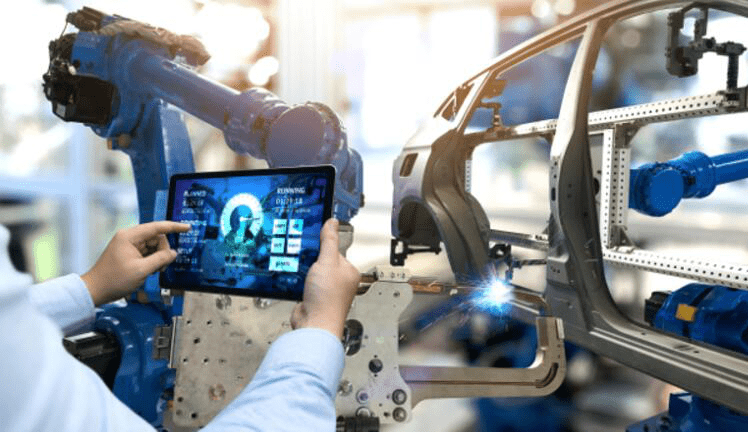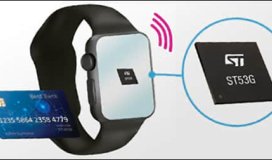Many hi-tech companies have embarked on implementing Industry 4.0 manufacturing by deploying sensors around their costly machines and equipment to collect, transmit, aggregate and analyse operating data under an Internet of IoT architecture. Contributed by Advantech
Today’s semiconductor chip processing involves hundreds of discrete steps and extremely expensive machines and equipment. Precision is of paramount importance. Any non-precise movement caused by the failure of a component — for example, a wafer slipping from robotic grip — can result in a significant financial loss, and even worse, unplanned downtime for maintenance.

Therefore, many hi-tech companies have embarked on implementing Industry 4.0 manufacturing by deploying sensors around their costly machines and equipment to collect, transmit, aggregate and analyze operating data under an Internet of Things (IoT) architecture. They enable alert and alarm functions and implement preventive maintenance through analysis of both real-time and historical data.
They started by adding sensors to the robotic arms used to move wafers to lithography equipment in the yellow-lighted clean rooms. The robotic arms were prioritised because the mechanics of the robotic arms were beyond the range of the lithography equipment’s built-in monitoring capabilities, and had been most susceptible to inaccuracy and failure; so this was the first priority for remediation. Sensors were deployed to collect motor vibration and temperature data.
The investment on the deployment was easily justified, considering the fact that a preemptive replacement of a robotic arm washer costs only tens of US dollars if the problem is identified early in its development, compared with the hundreds of thousands of US dollars required to replace a failed servo motor.
Application Requirements
The customer was first required to deploy sensors in the robotic equipment to collect data on motor temperatures and vibrations. They also needed to install an edge intelligence server near the site to collect, integrate, and preprocess raw data in order to help balance cloud analytics loads as well as to transform that data into human-readable information.
To implement preventive maintenance, the customer needed to accumulate the acquired data in a data pool together with other data sources from the facility. A reliable backend platform was required for integrating cross-equipment data and establishing interconnectivity with the company’s legacy Hadoop cloud database used for big data analysis.
When big data analysis sets rules for preventive maintenance (for instance, under what conditions alerts or alarms should be triggered? or which component should be replaced?), a logic flow edit-and-control platform is needed to return the analysis outcomes back to field-level controllers for automatic implementation.
System Solution
Advantech provided its Edge Intelligence Server (EIS), a solution-ready platform that delivers IoT connectivity, cross-equipment data integration and database interconnection, edge computing, pre-configured cloud service, as well as vertical application software support, allowing customers to develop fast time-to-market solutions.
To establish interconnectivity among databases and cloud services, the EIS solution offers WISE-PaaS platform with default support for No-SQL MongoDB and a rich amount of RESTful APIs which can be used to integrate with the company’s legacy Hadoop database for big data analysis. The Advantech EIS solution also includes the powerful Node-RED logic flow control tool, which allows the user to edit preventive maintenance workflows and remotely implant the resulting module into an edge server (controller) via the WISE-PaaS platform; this enables the EIS to carry out data preprocessing and preventive maintenance tasks.
Benefits
Helps reduce equipment maintenance cost, with high Return on Investment.
Provides built-in tools for fast integration of sensor data and applications.
Provides network edge intelligence and logic flow control needed for implementing preventive maintenance.
Helps reduce the system development period with well-rounded hard- and software integrated solutions plus the helpful presence of Field Application Engineers who assist with system modifications, integration, and tests.
Modulised logic flow control can be exported and transplanted to similar equipment elsewhere so as to save workload and development time for future projects.



